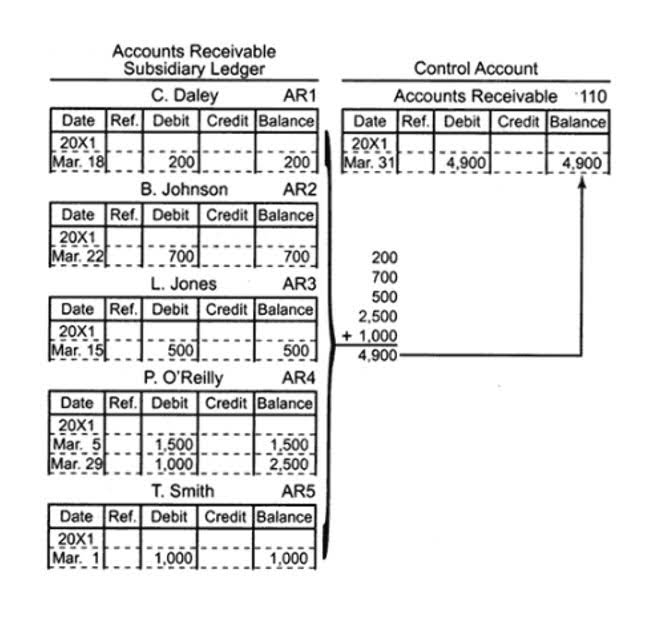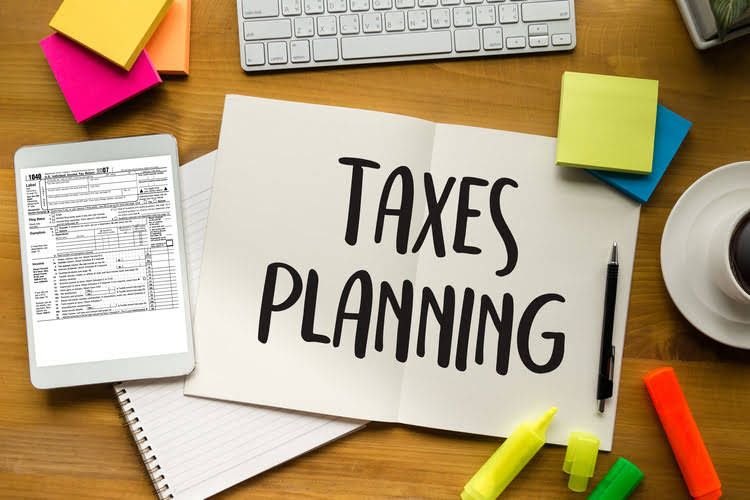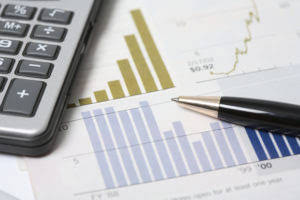
Good preparation and documentation are critical for paying taxes (including payroll taxes) on time. Bookkeepers use a chart of accounts to see all of the accounts in a company’s general ledger. In many instances, an accountant prepares the initial chart, and the bookkeeper references it while recording transactions. It might feel daunting at first, but the sooner you get a handle on this important step, the sooner you’ll feel secure in your business’s finances. Remember that the basic goals of bookkeeping are to track your expenses and revenue and to ensure you collect all necessary information for tax filing. The company’s cash inflows and outflows in the cash flow statement break down total cash into operating or financial operations.
An accounting method
You record transactions as soon as they’re invoiced or billed, even if the money isn’t in your metaphorical pockets yet. The two key accounting systems are cash accounting and accrual accounting. If your business is still small, you may opt for cash-basis accounting. If you carry inventory or have accounts payable and accounts receivable, you’ll likely use Restaurant Cash Flow Management accrual accounting. Yes, you can do bookkeeping by yourself, but we strongly recommend using accounting software to help reduce the time it takes to do your own bookkeeping.
- With all your software linked through the cloud, payments that you make and receive can be automatically recorded to a digital ledger.
- Of course, you need to keep accurate records and keep them up to date.
- It helps you better understand what types of expenses and income are impacting your bottom line (aka your net income), and will be needed at tax time.
- A clear picture of your income within a specific quarter makes it easy to figure out how much tax to pay for that three-month period.
- The manual method can work if you prefer a hands-on approach, but it can also be time consuming, and it leaves more room for human error.
- At tax time, the burden is on you to show the validity of all of your expenses, so keeping supporting documents for your financial data like receipts and records is crucial.
Preparing Financial Reports
- And since it takes equity, assets and liabilities — on top of expenses and income — into account, it typically gives you a more accurate financial snapshot of your business.
- Service-based business owners and freelancers may want accounting apps that let them send estimates, quotes, and invoices.
- Most use double-entry accounting, which complies with generally accepted accounting principles (GAAP).
- A bookkeeping checklist outlines the tasks and responsibilities you need to do regularly to keep the books up-to-date and accurate.
- For effective bookkeeping and to meet the regulations, it is crucial to organize financial documents properly.
You’ll want to pay extra attention to your income statement (also known as a profit and loss statement). It helps you better understand what types of expenses and income are impacting your bottom line (aka your net income), and will be needed at tax time. Businesses should keep detailed financial records to evaluate their financial health, find development areas, and reduce risks. Successful companies know the importance of establishing solid bookkeeping procedures. QuickBooks, Xero, FreshBooks, and Wave, are popular bookkeeping software that improve your company’s workflow. For effective bookkeeping and to meet the regulations, it is crucial normal balance to organize financial documents properly.

Chart of Accounts

This method records both invoices and bills even if they haven’t been paid yet. This is a highly recommended method because it tells the company’s financial status based on known incoming and outgoing funds. Because the funds are accounted for in the bookkeeping, you use the data to determine growth. Bookkeeping is the process of tracking income and expenses in your business. It lets you know how you’re doing with cash flow and how your business is doing overall.
Cost vs. benefit of hiring a bookkeeper or CPA.

Saving your records in the cloud also ensures that they’re easily accessible in a digital format from any device. Making sure your records are well-organized can save you a big headache if you’re ever subjected to an audit. You’re also responsible for communicating with your employees and allowing them to know the financial state of your firm. They need to know if the company is making some progress and how they contribute to example of small business bookkeeping its growth.

Cash-Based Accounting

Slight differences in how the vendor approaches usage limits, feature add-ons, and users can impact accounting software costs. Bookkeeping is a critical part of managing your business’s financial health. A bookkeeper records and organizes financial transactions to ensure accurate reporting of your business’s income and expenses. As a small-business owner, solid bookkeeping is the best way to ensure that you get the most out of your return. However, if your business is incorporated, or if it’s your sole source of income, the single-entry method just won’t cut it. The double entry method leaves less room for error, making it the better choice for balancing complex books.
